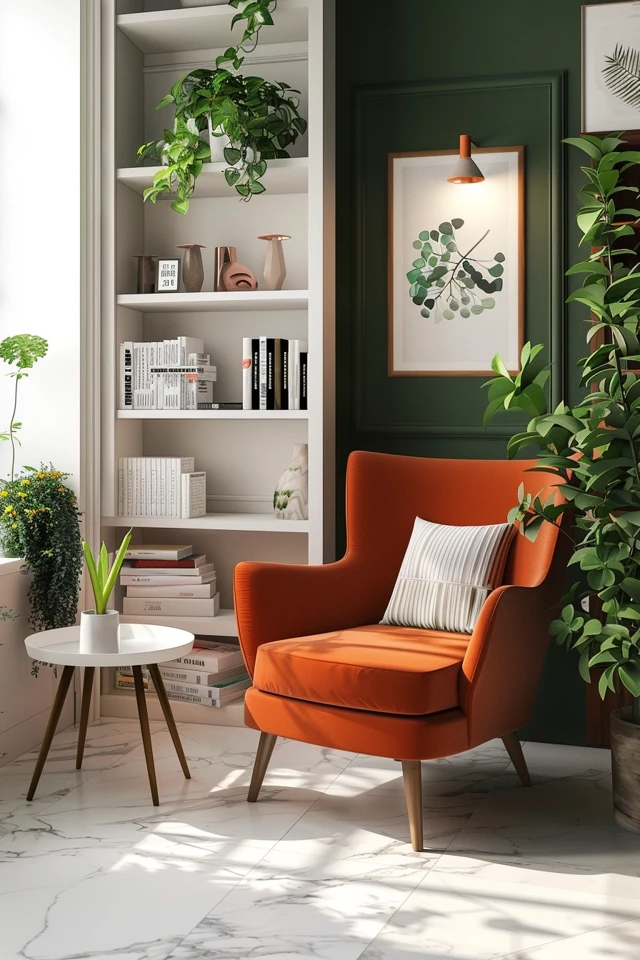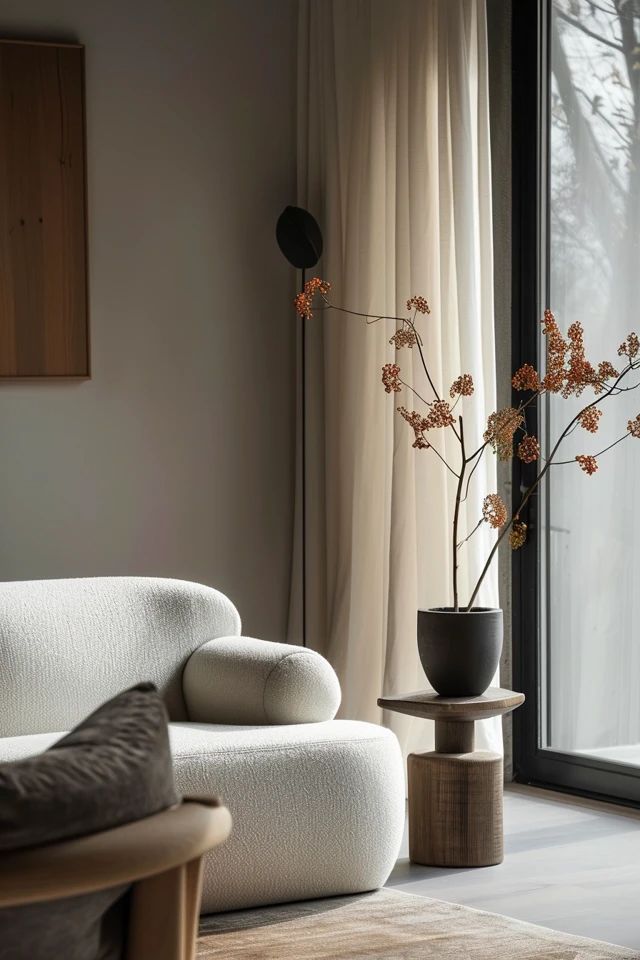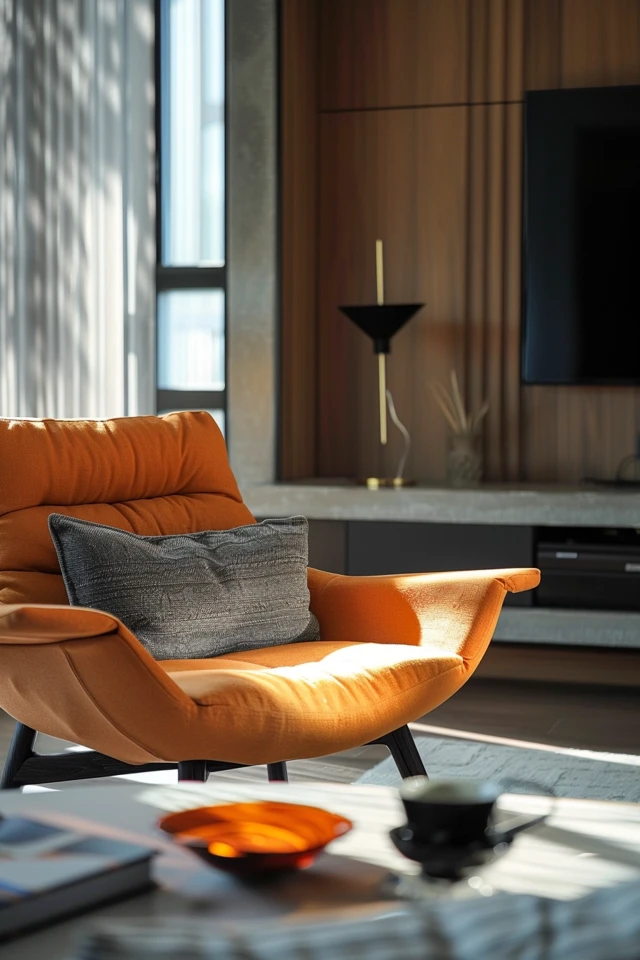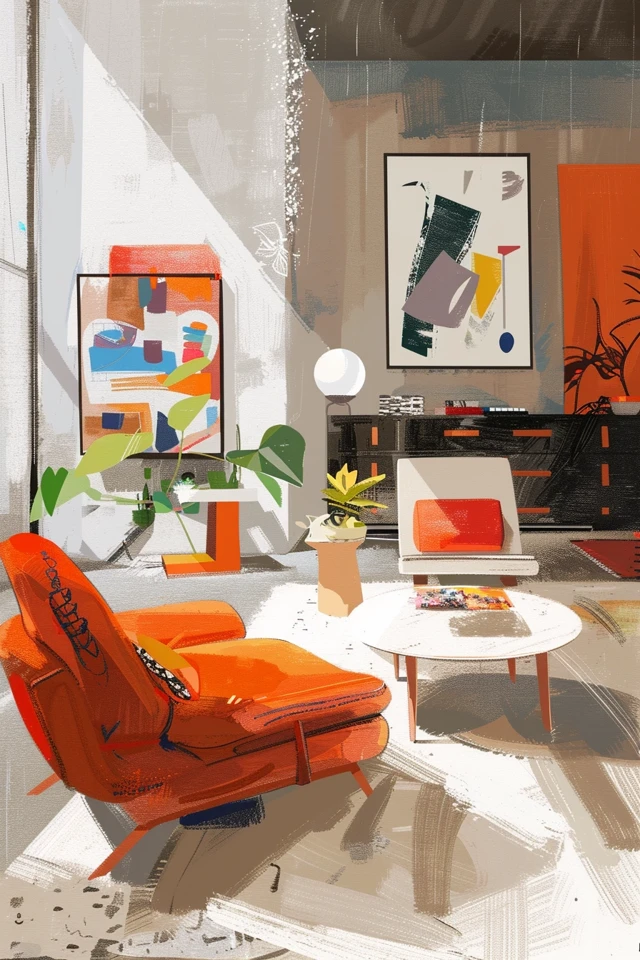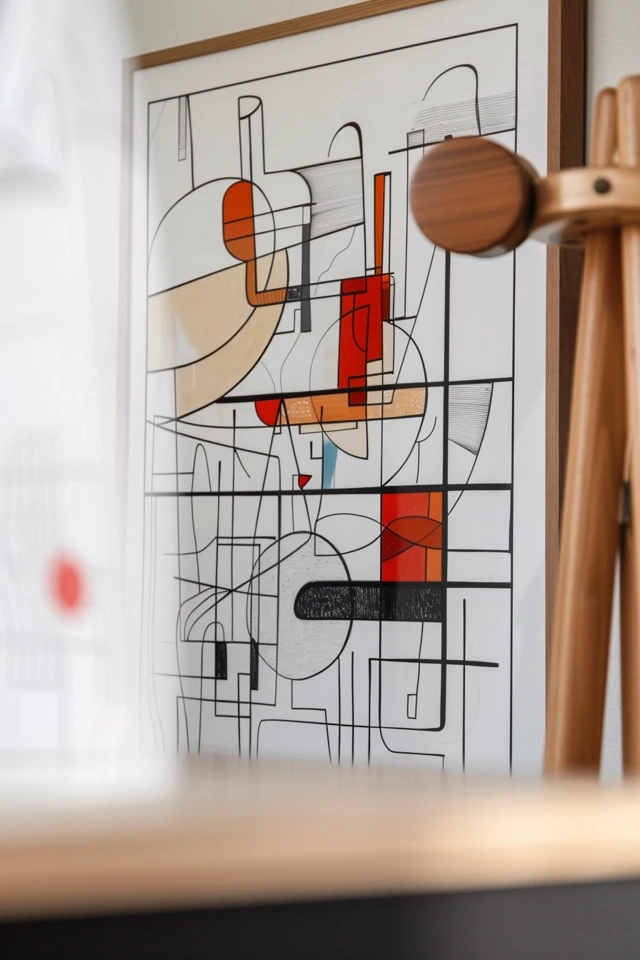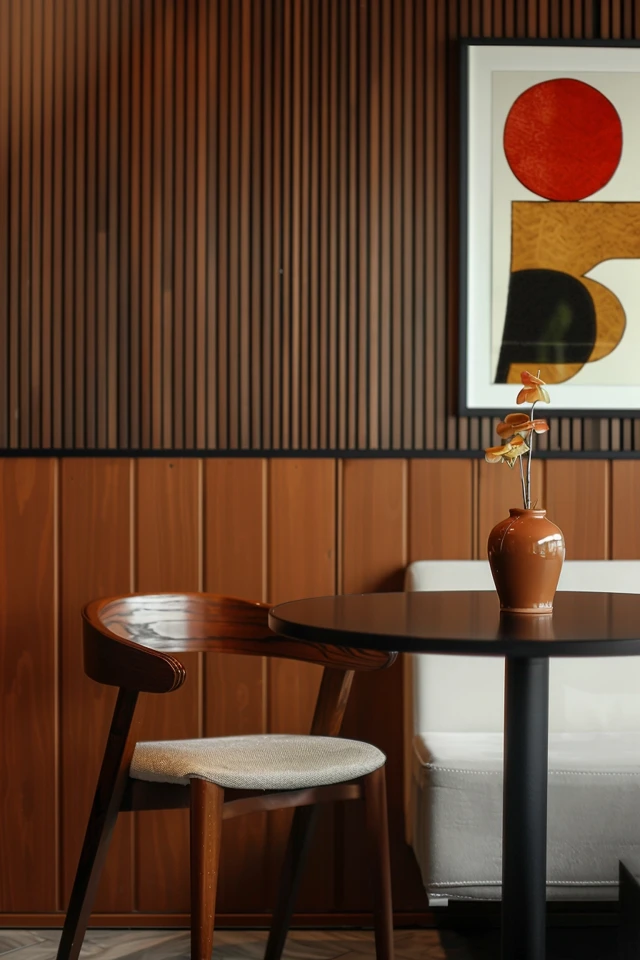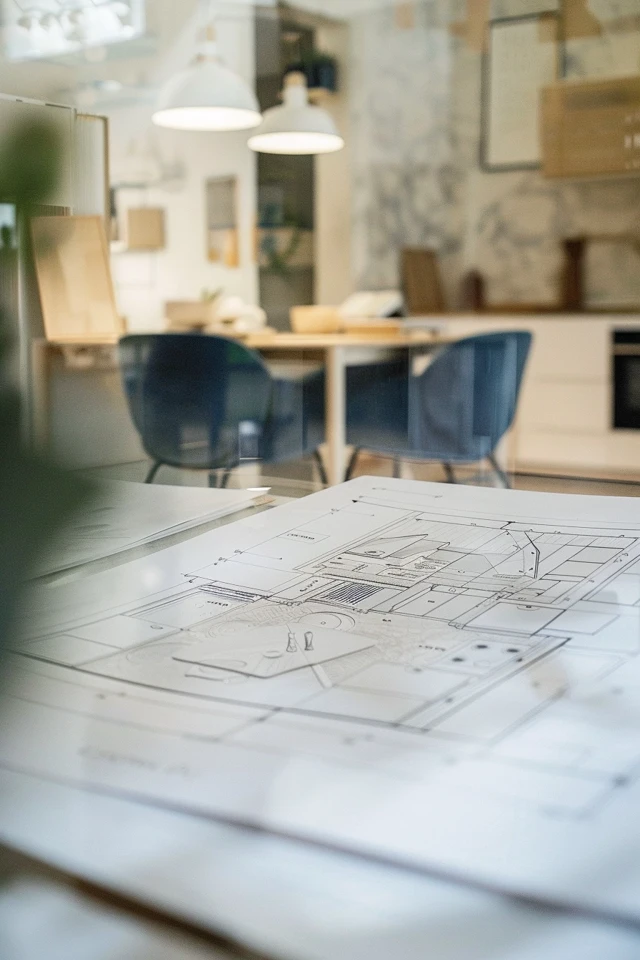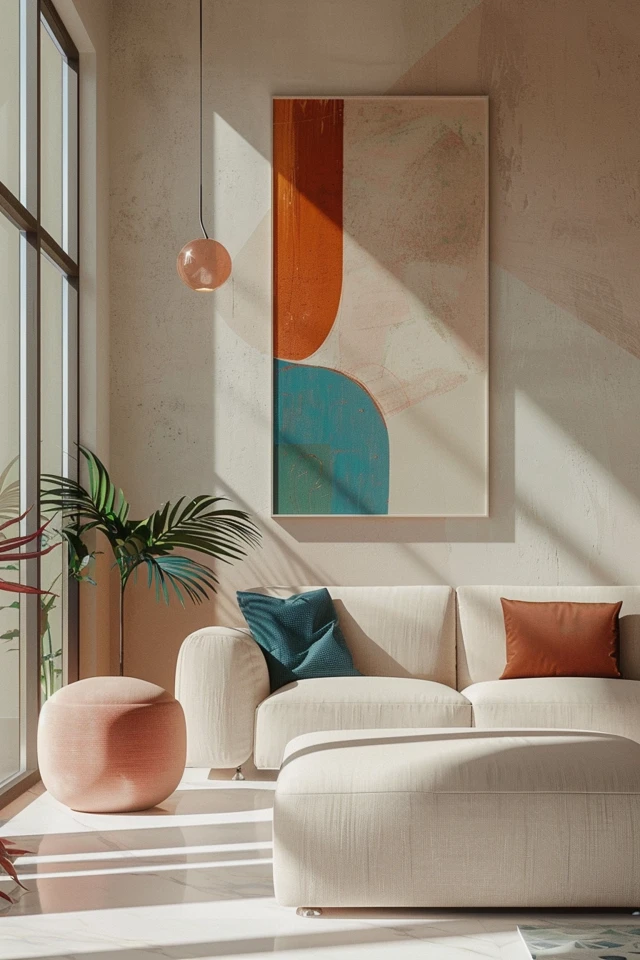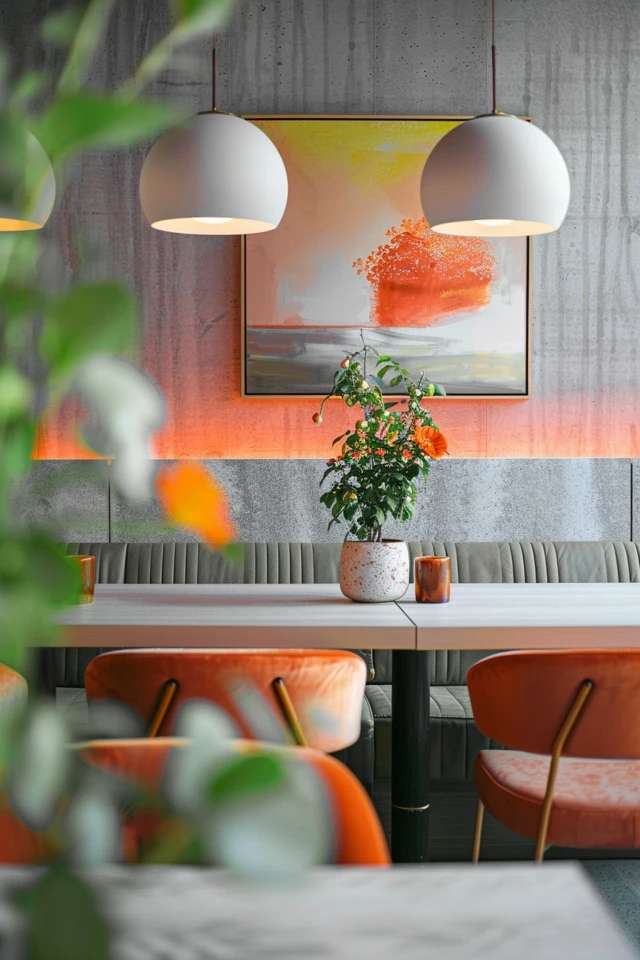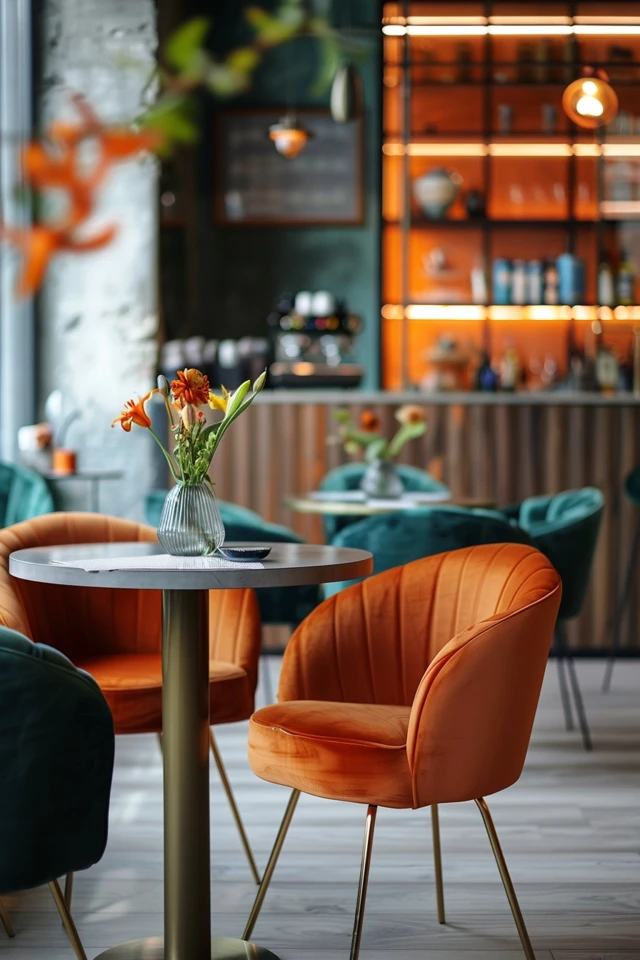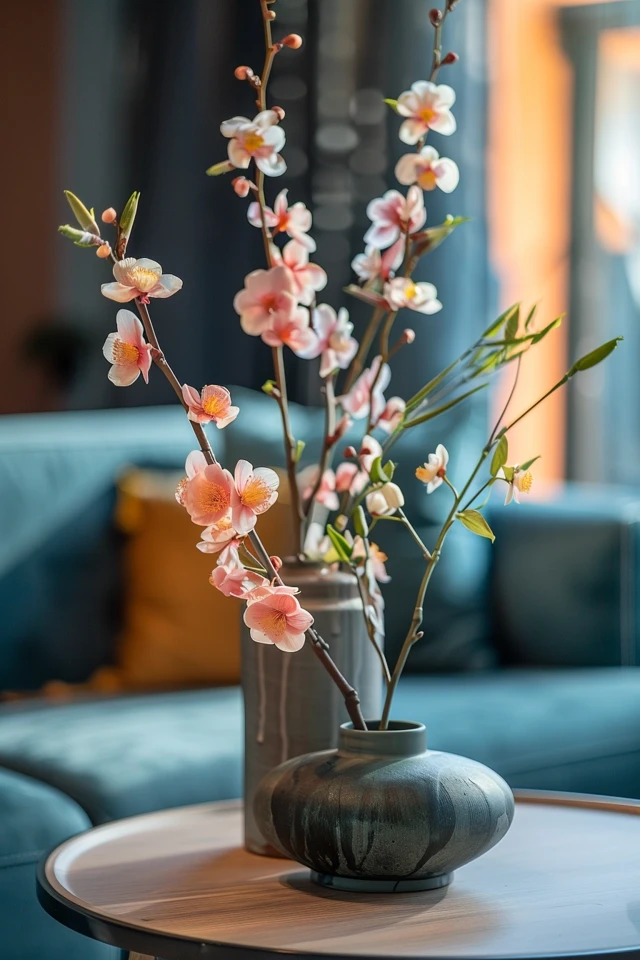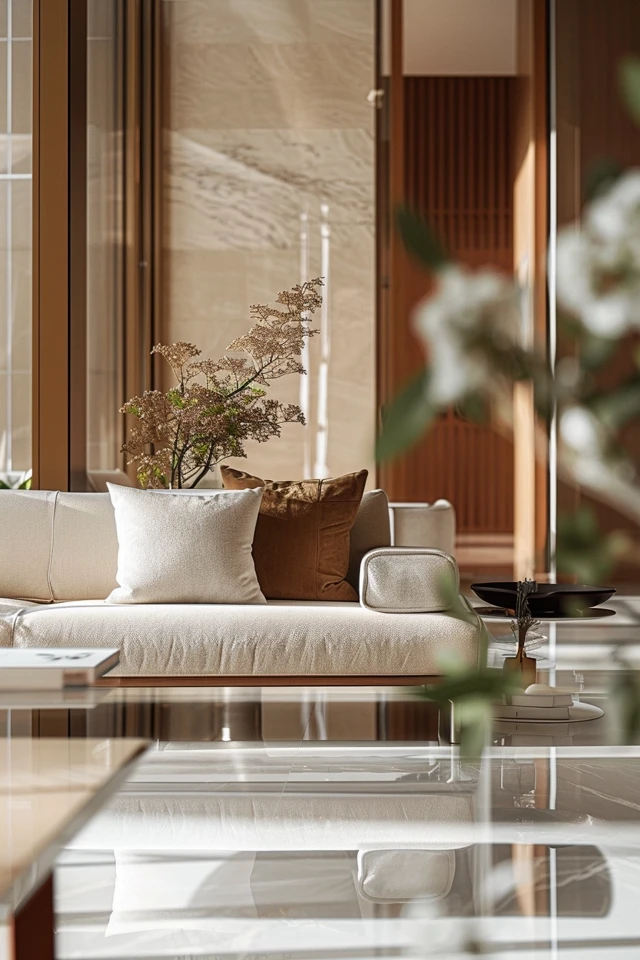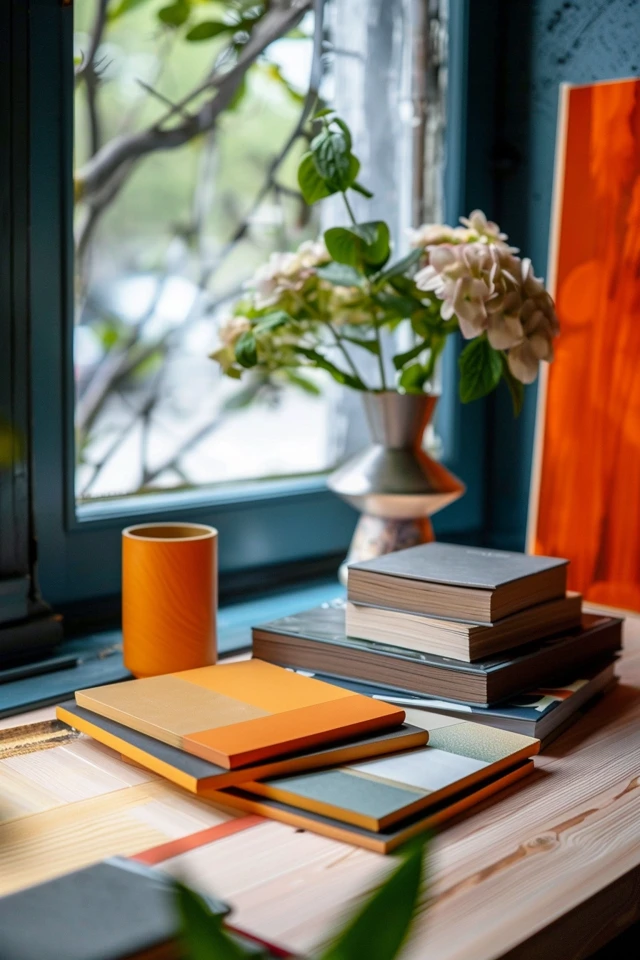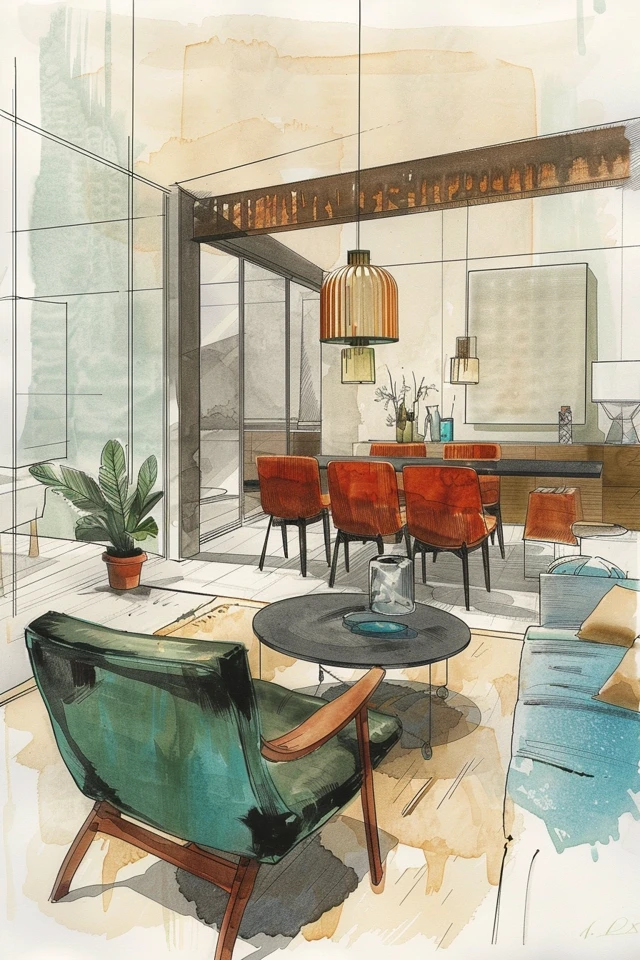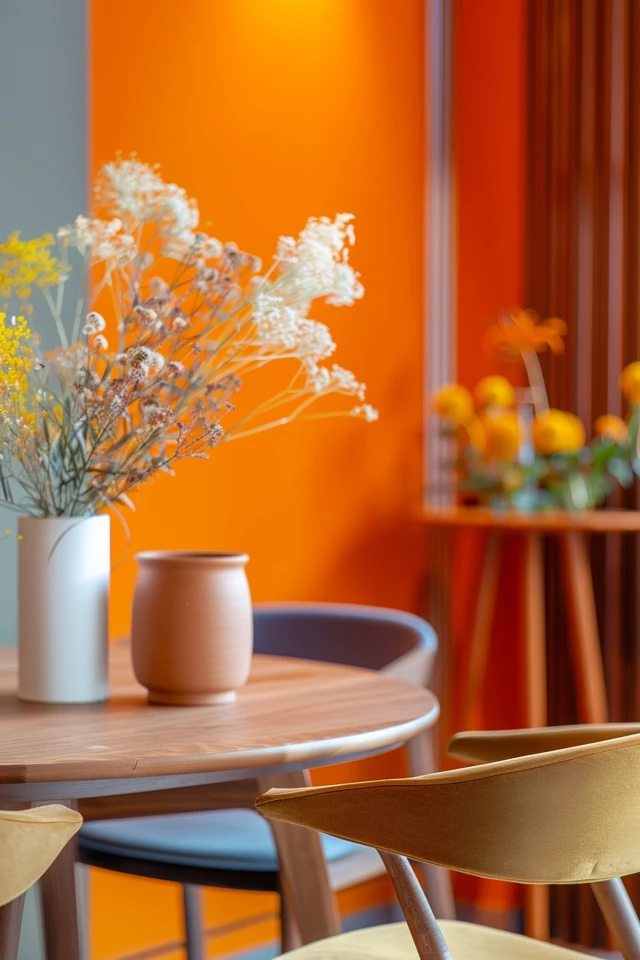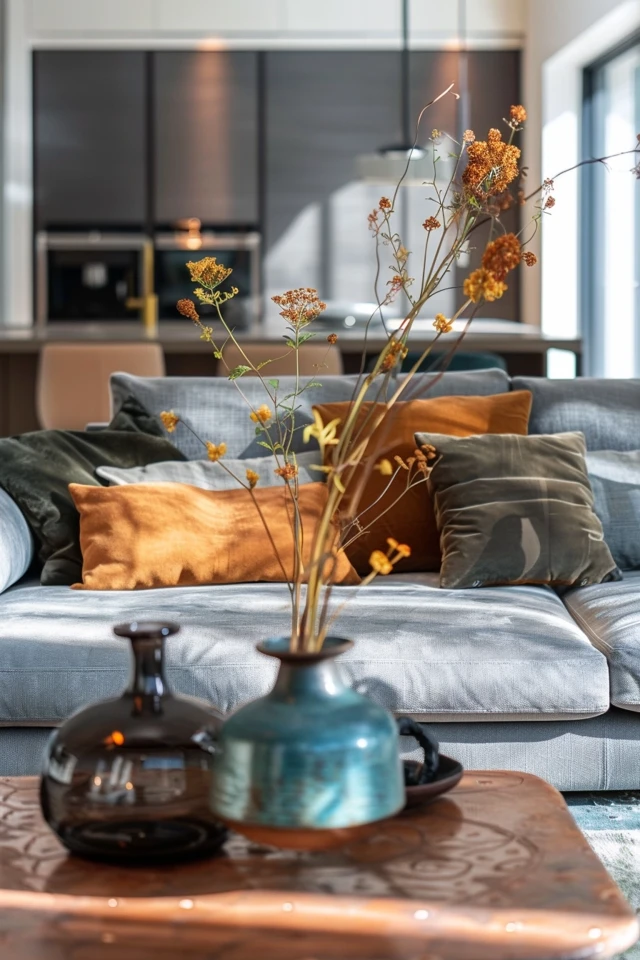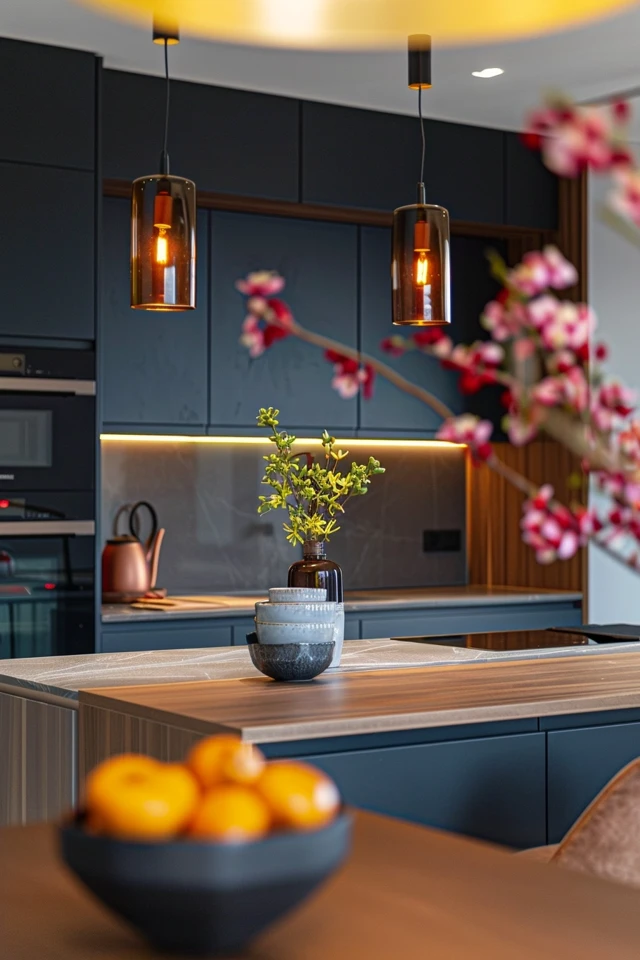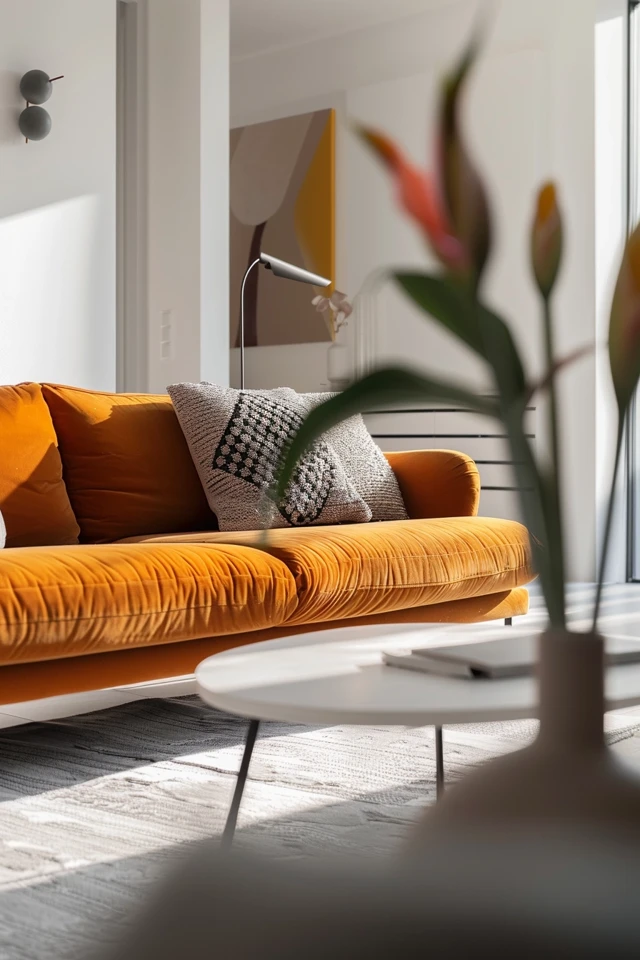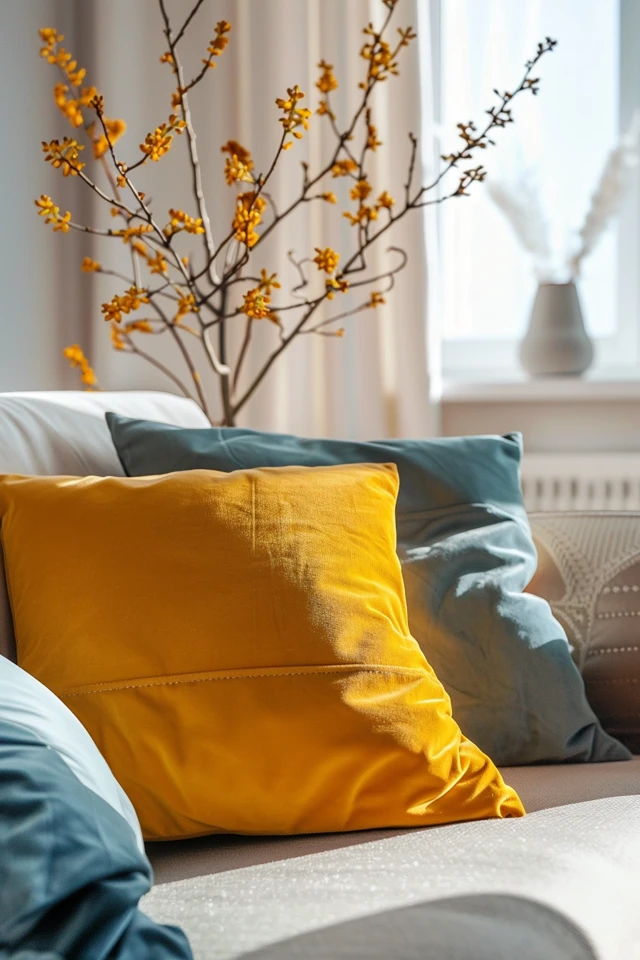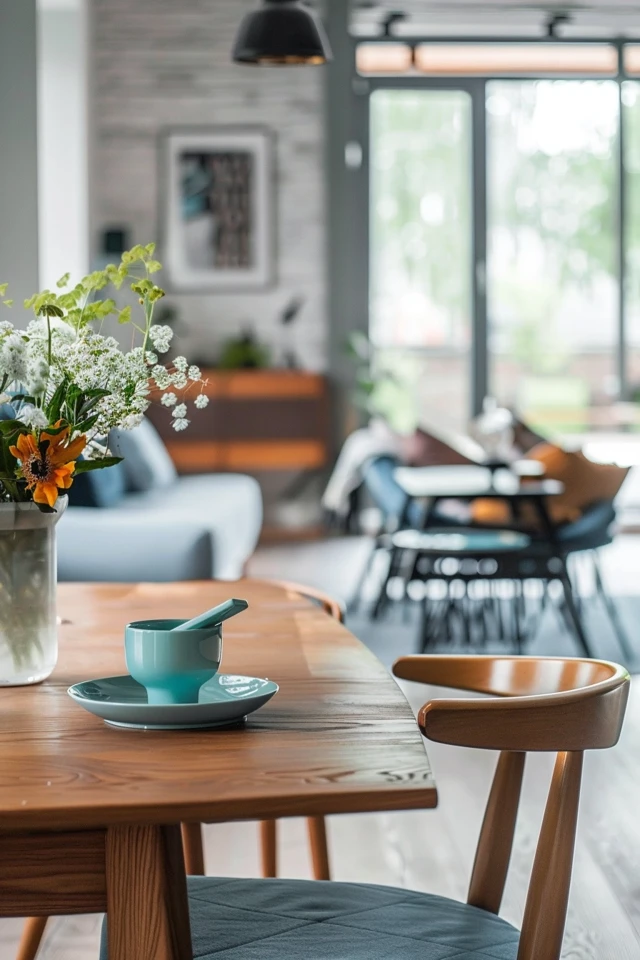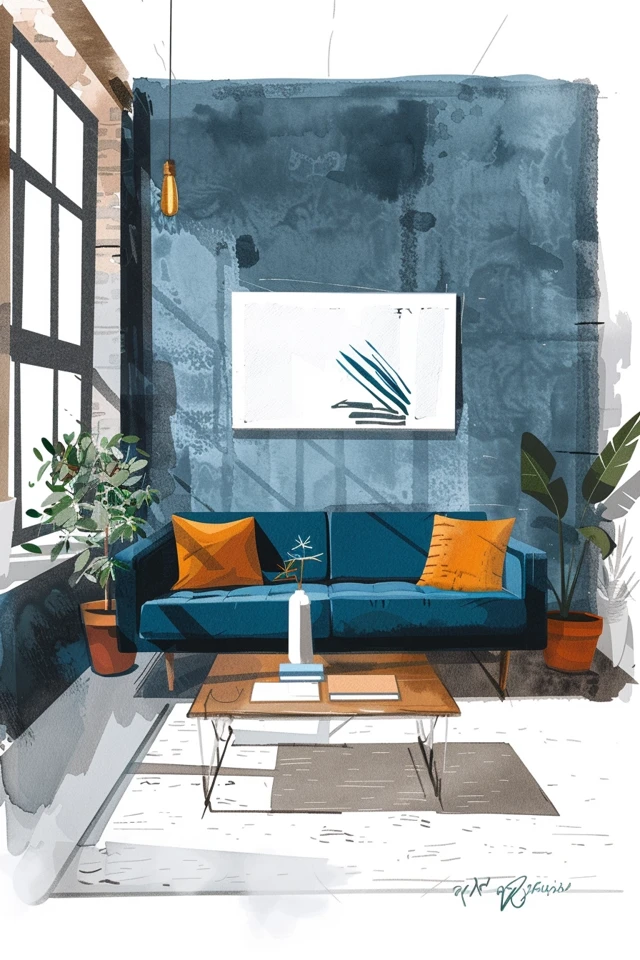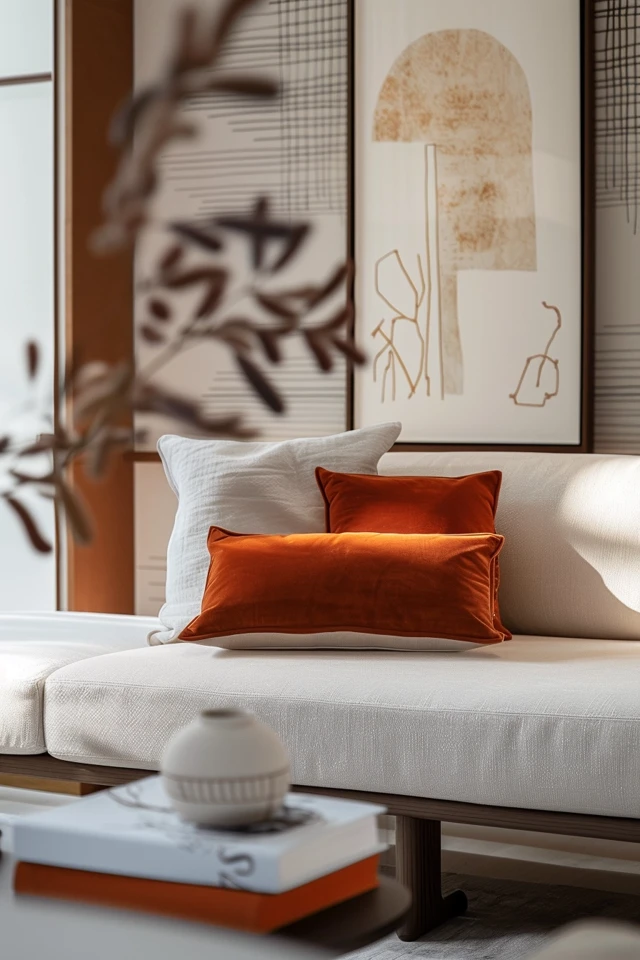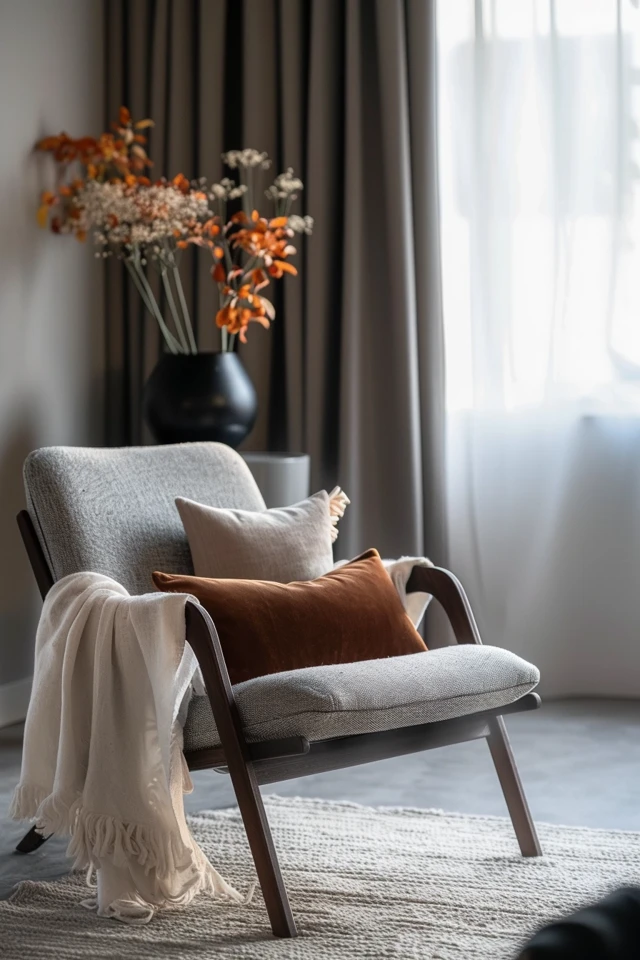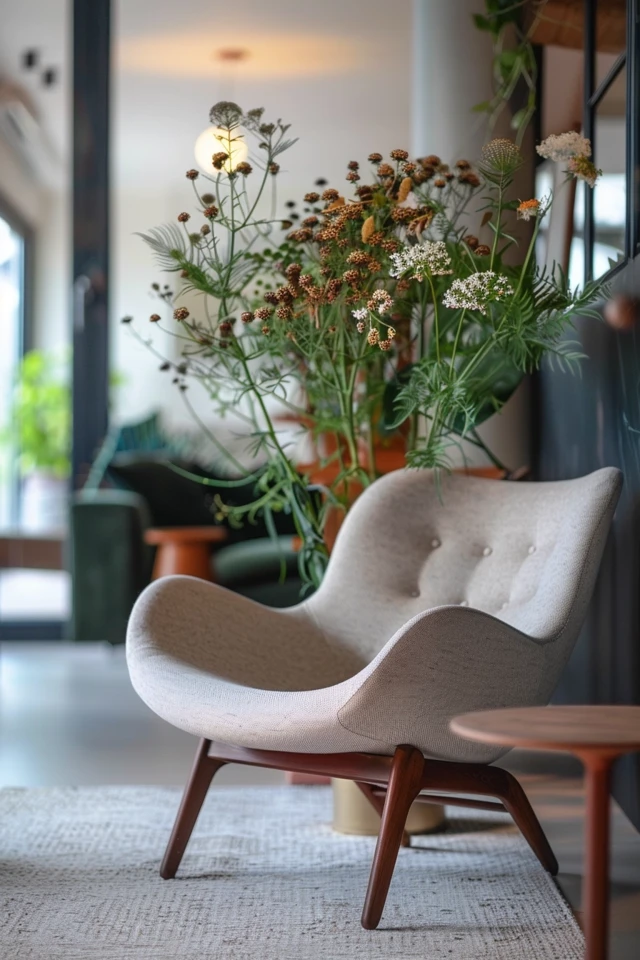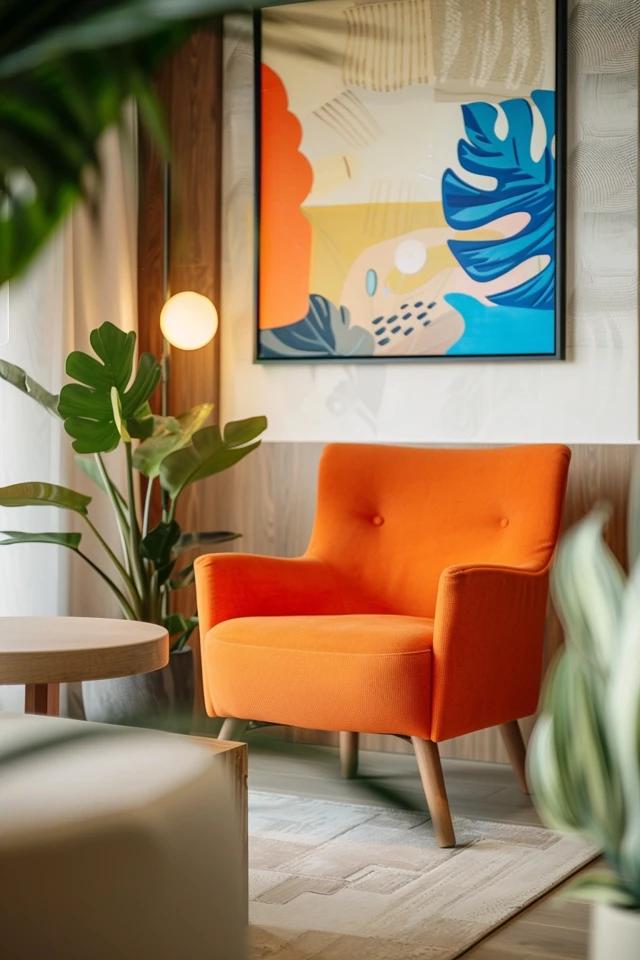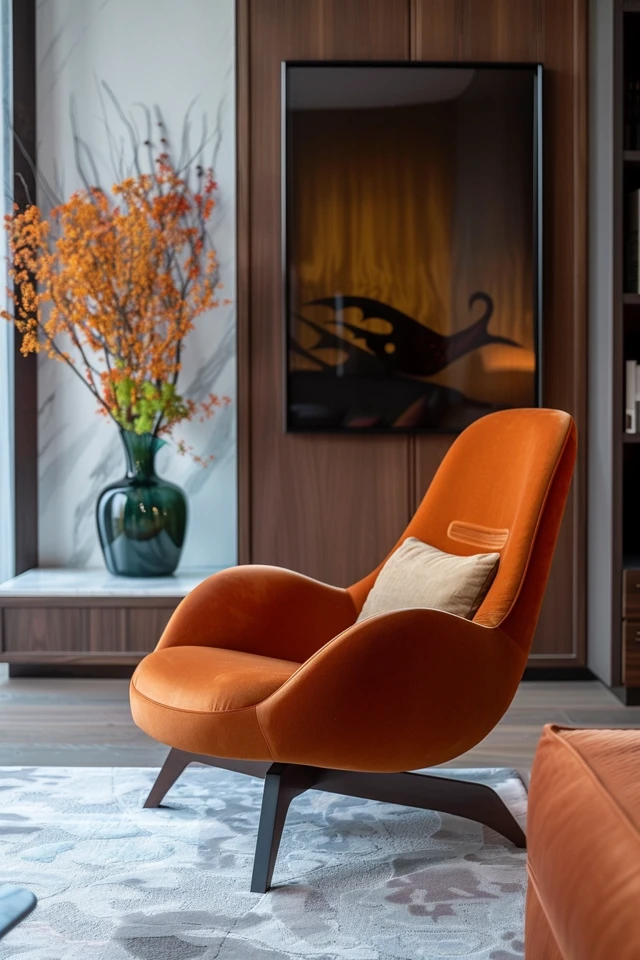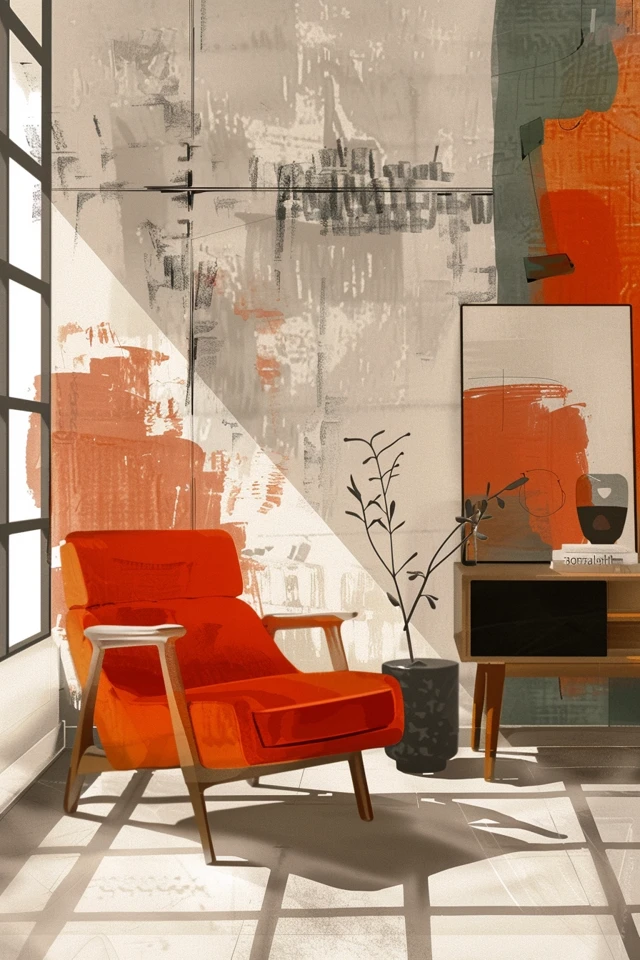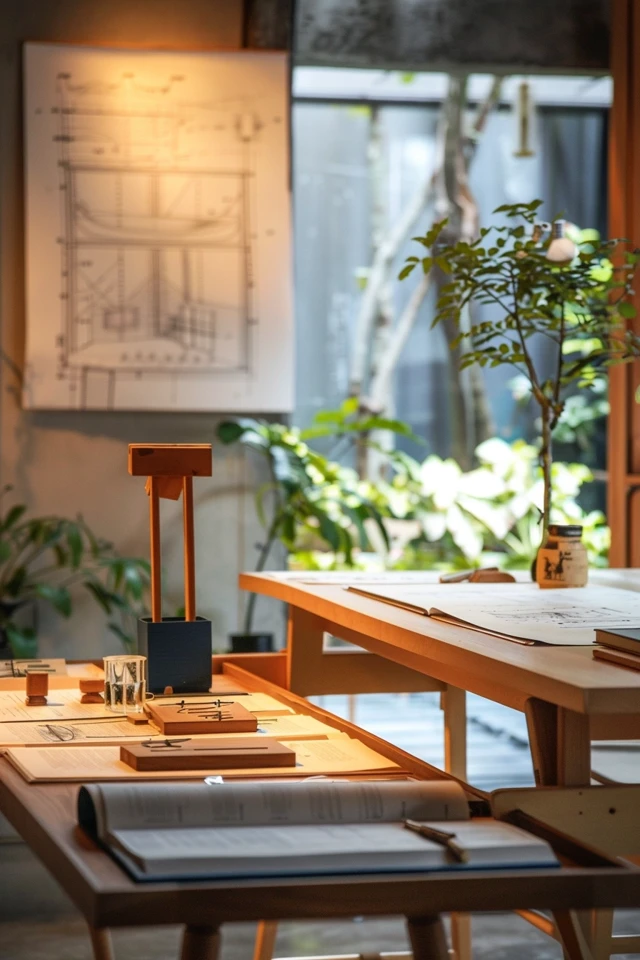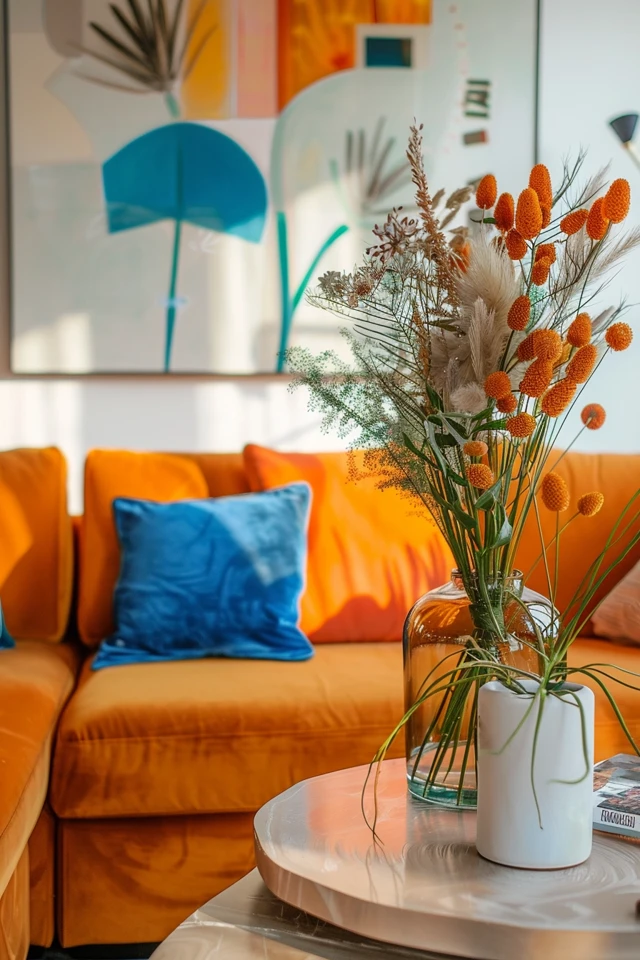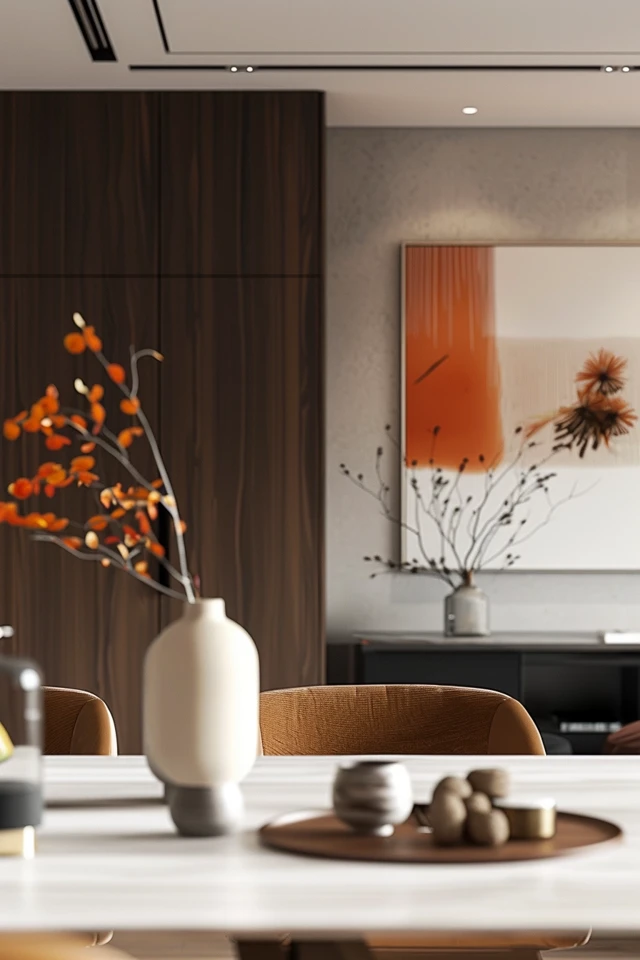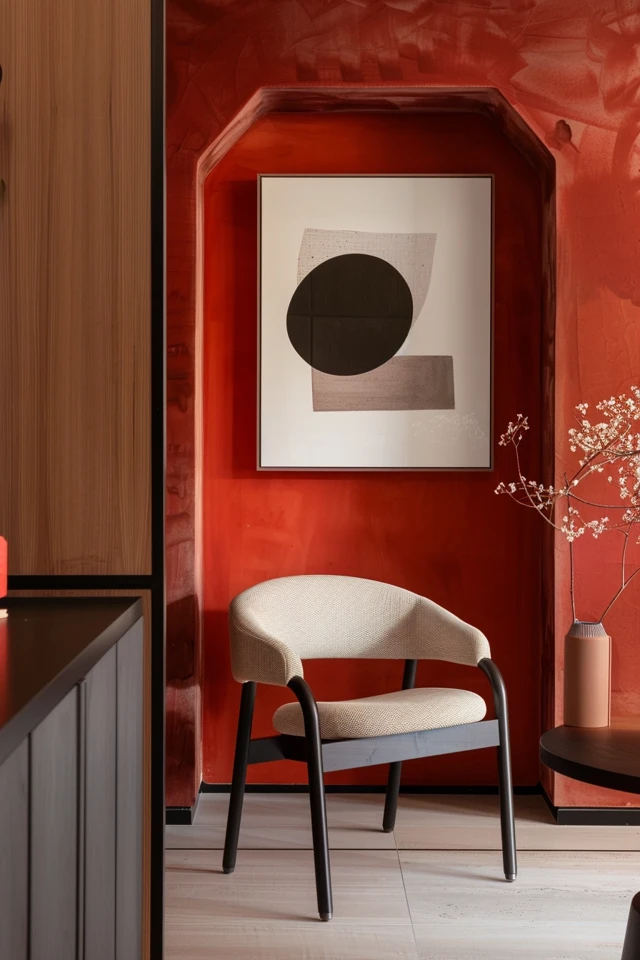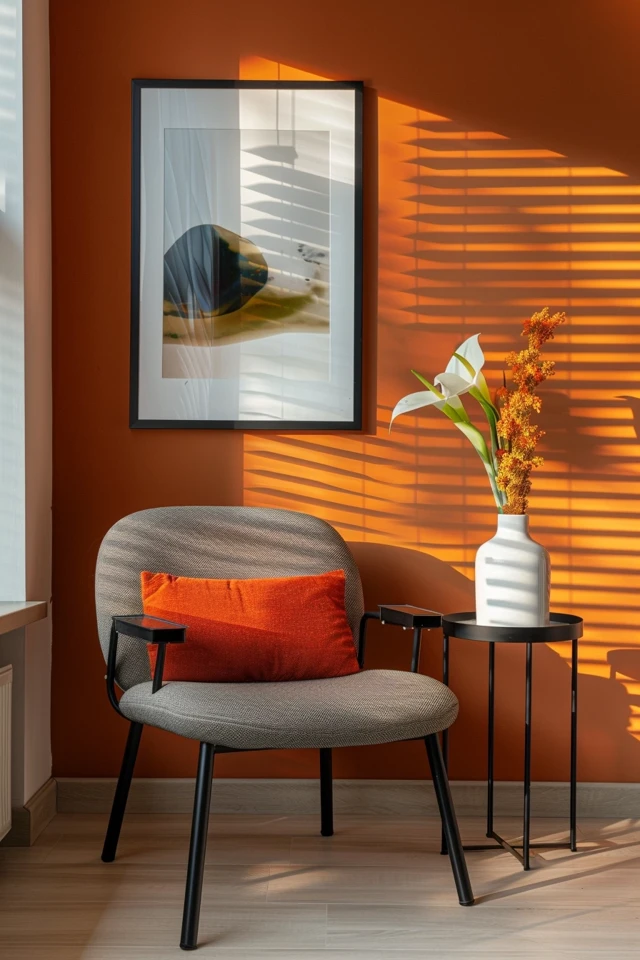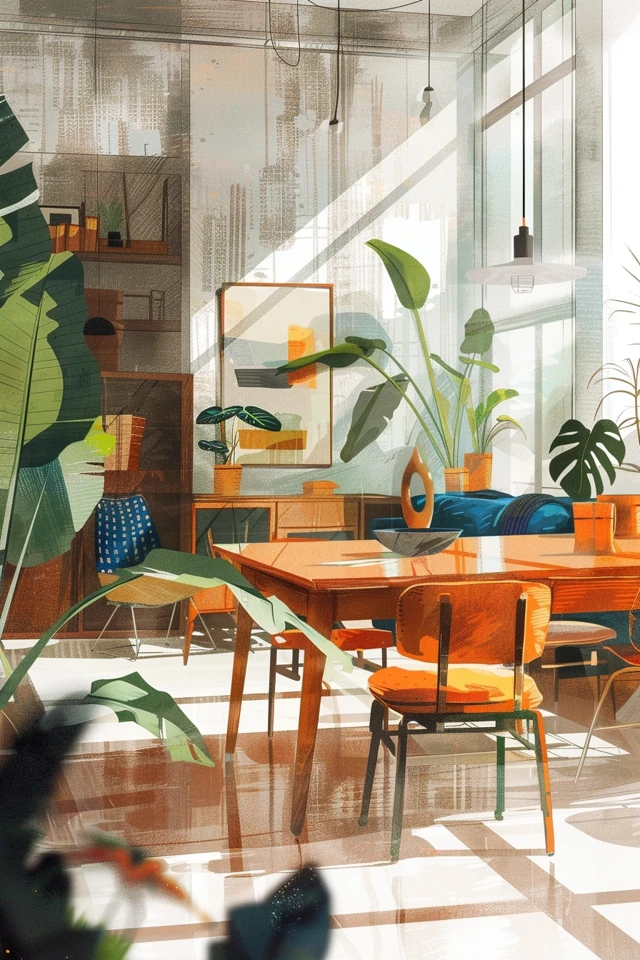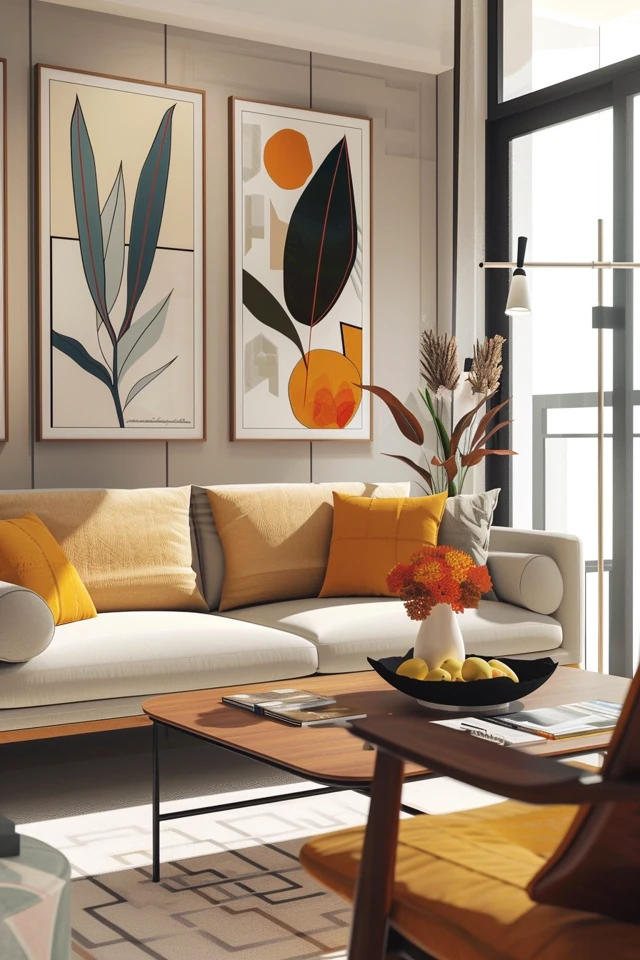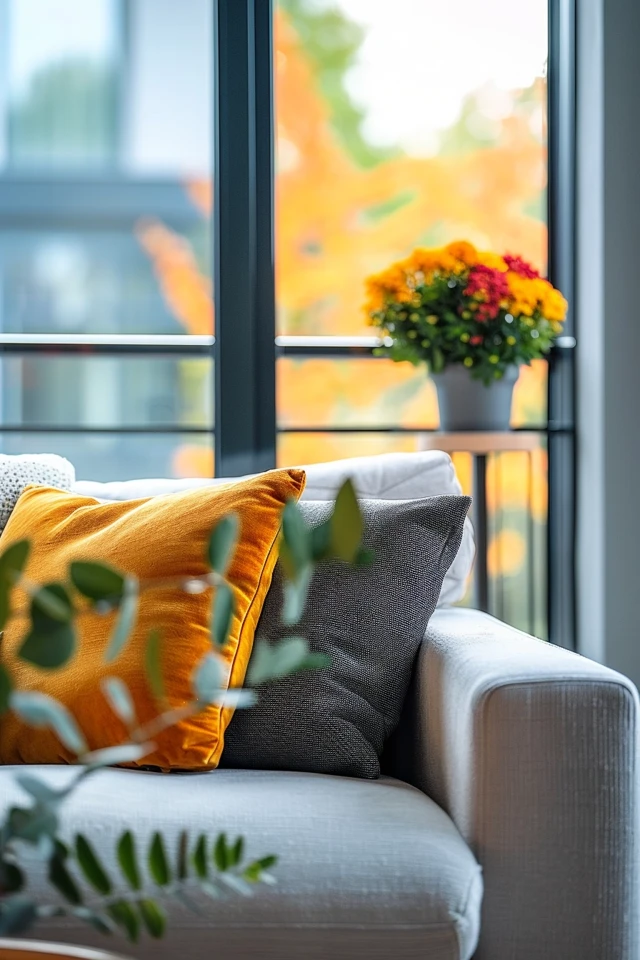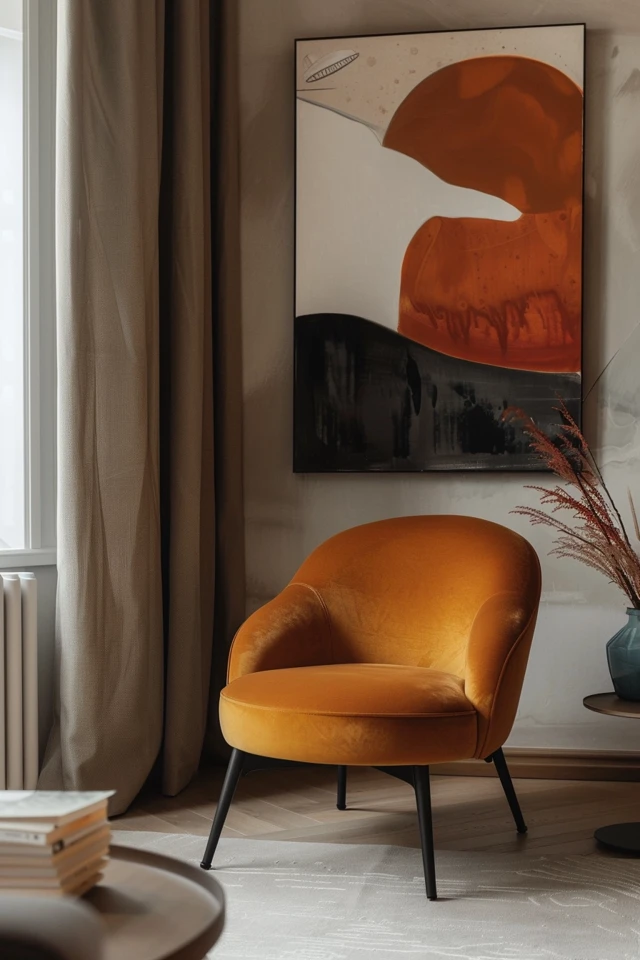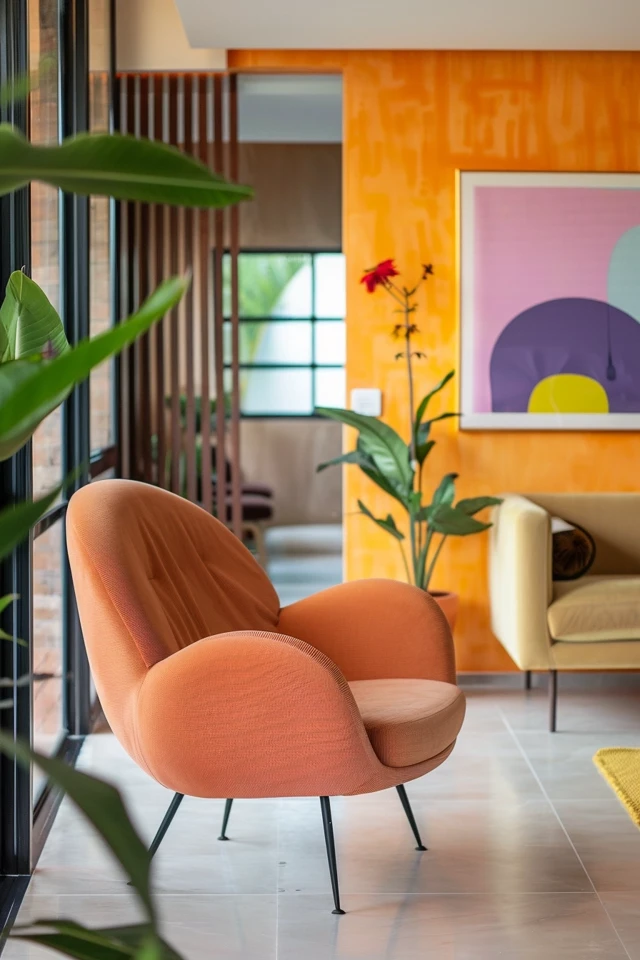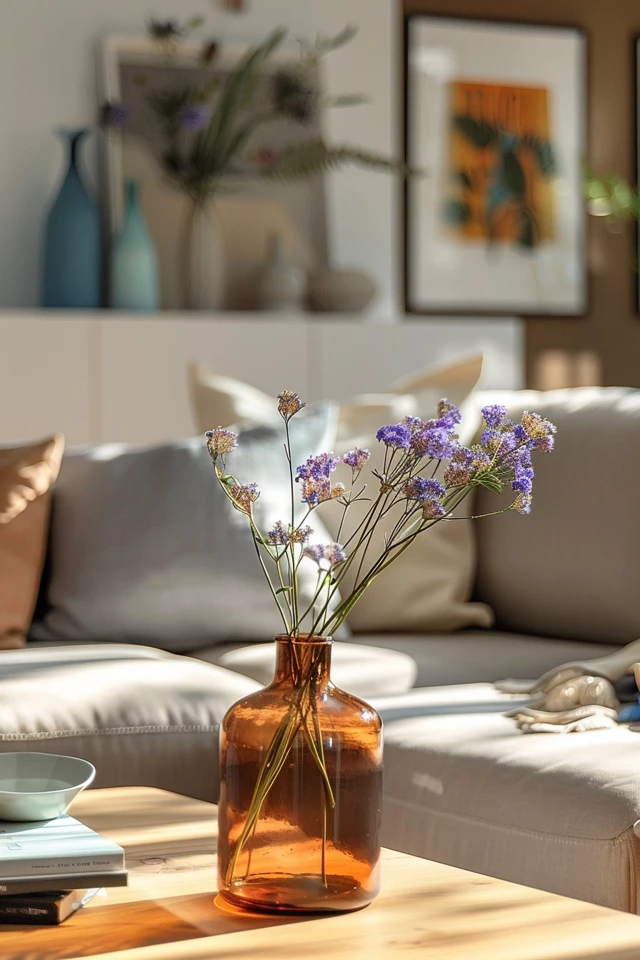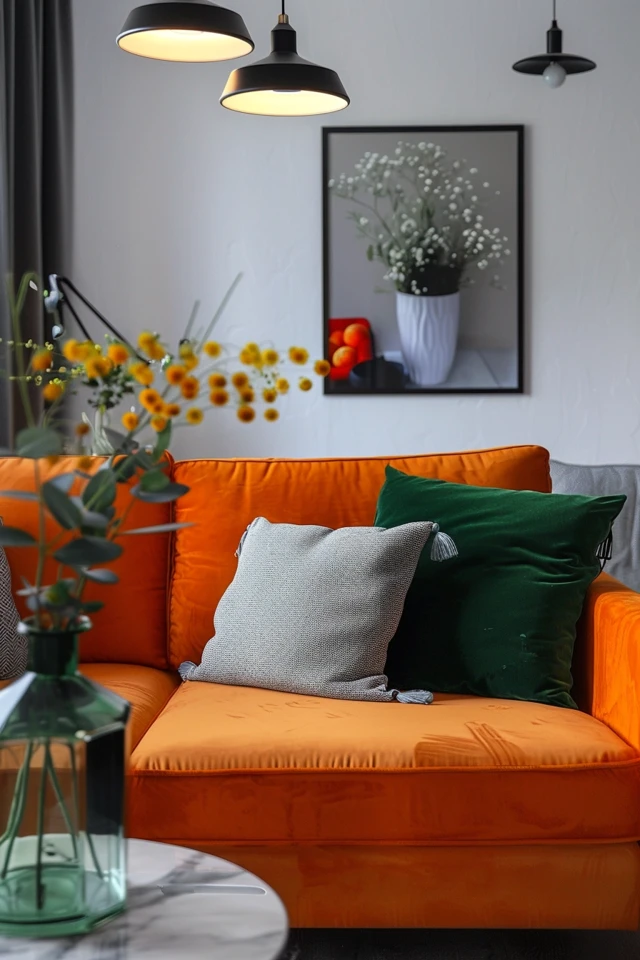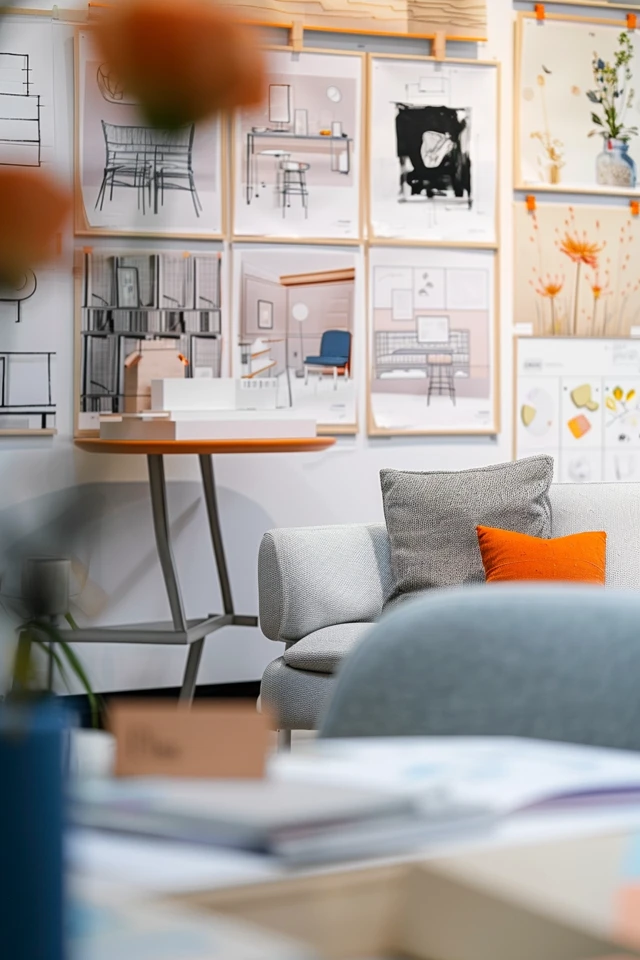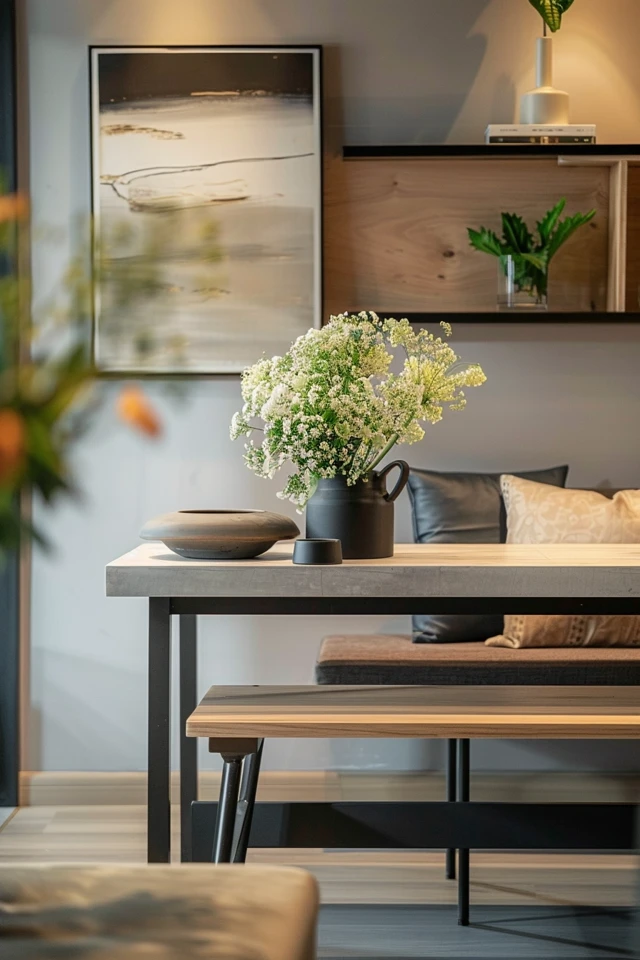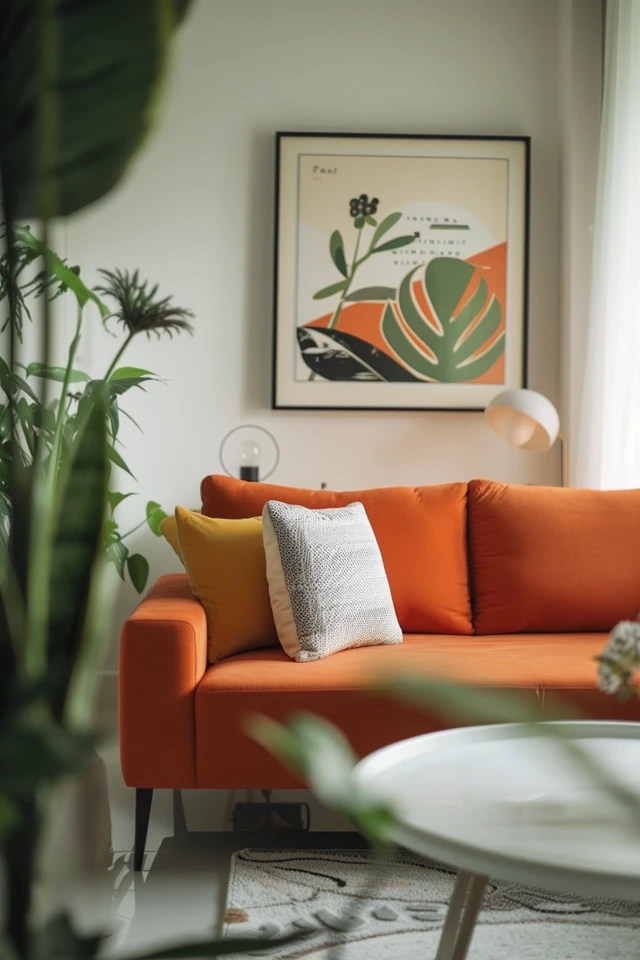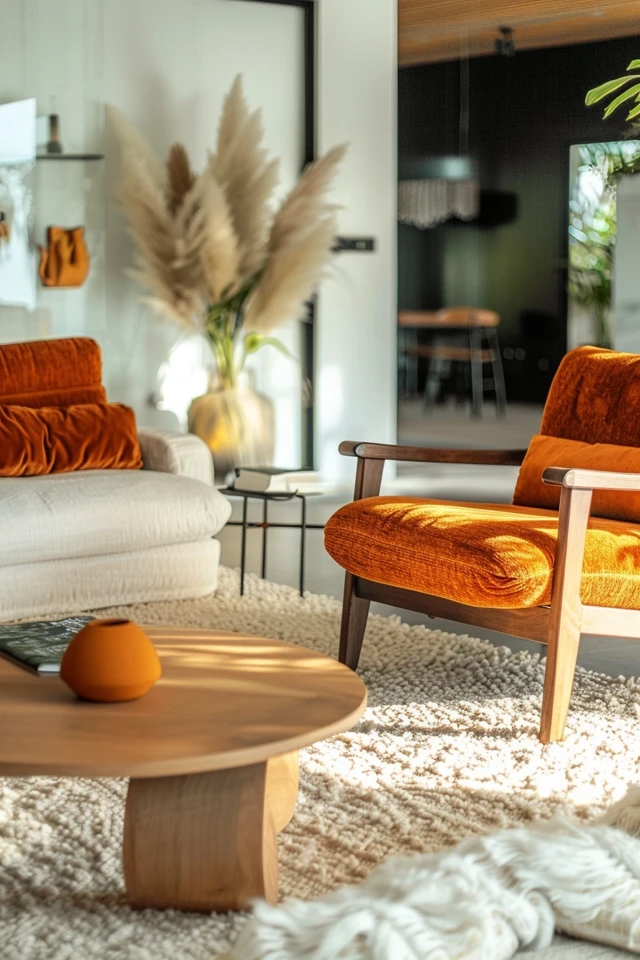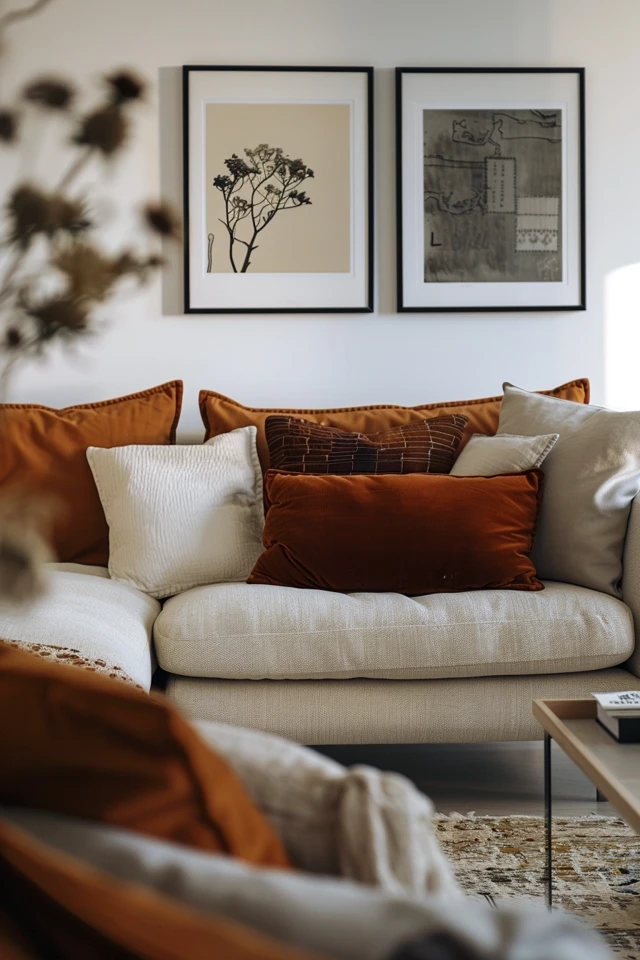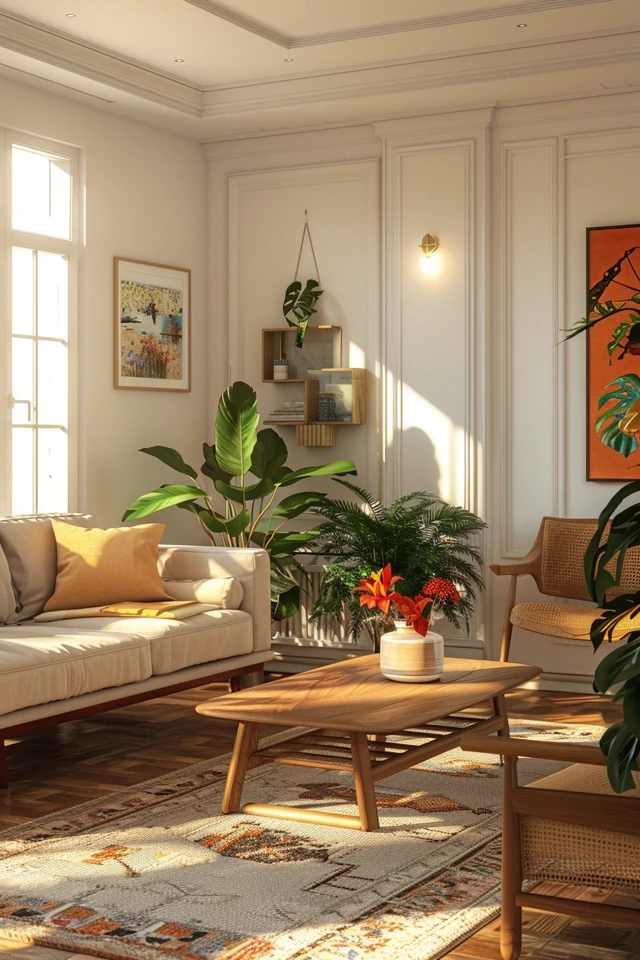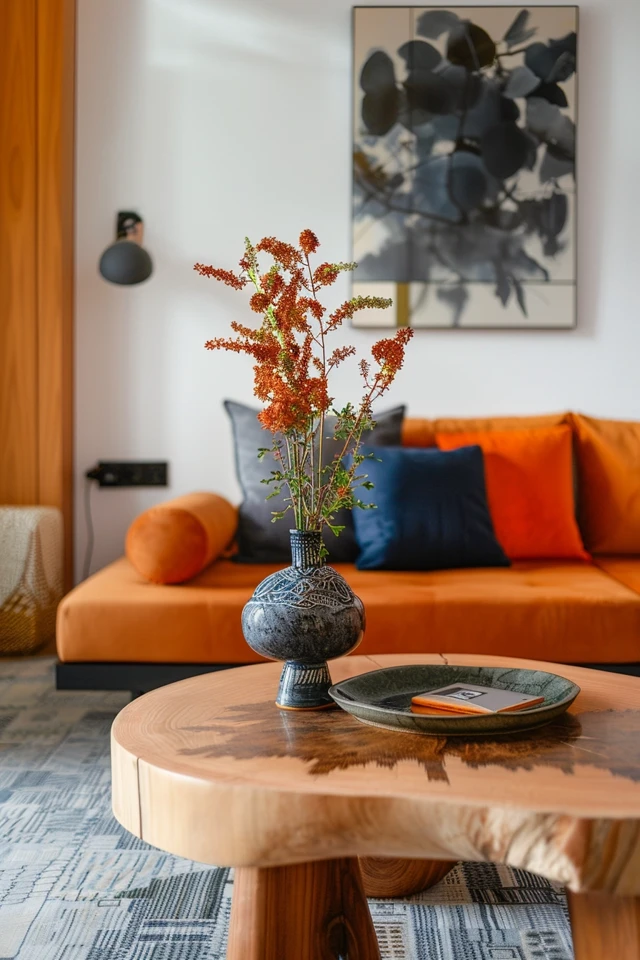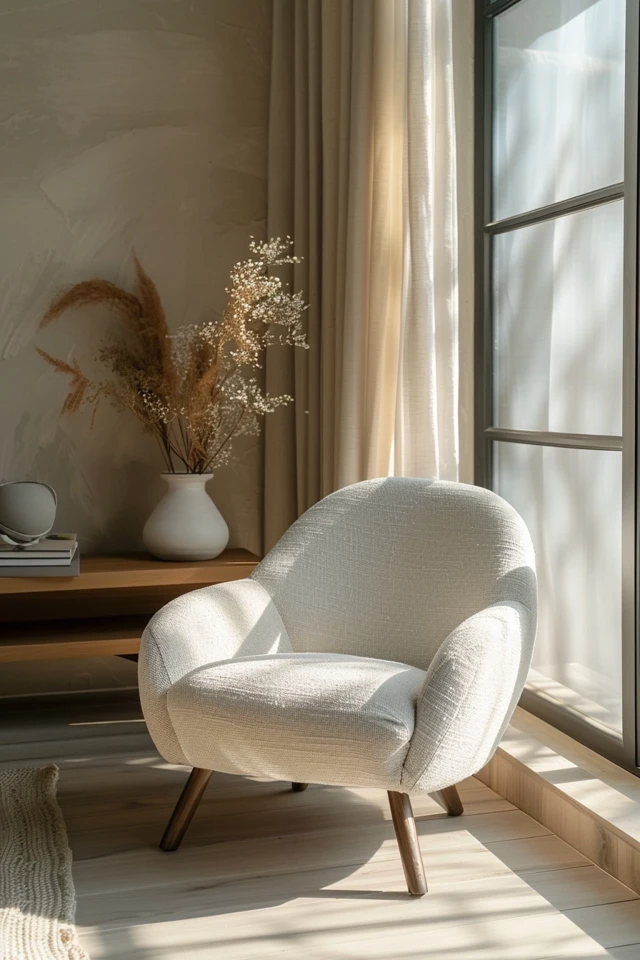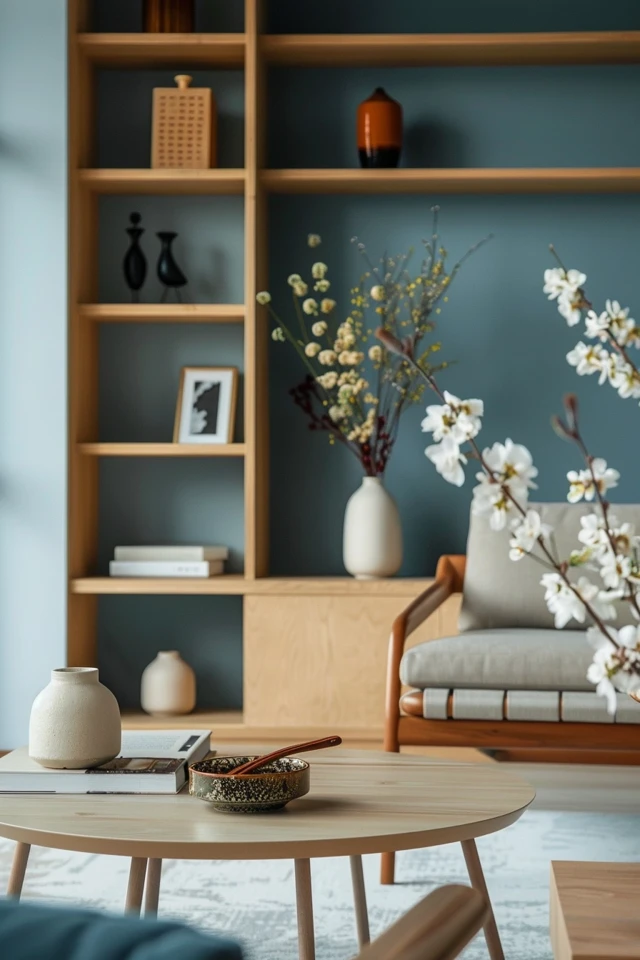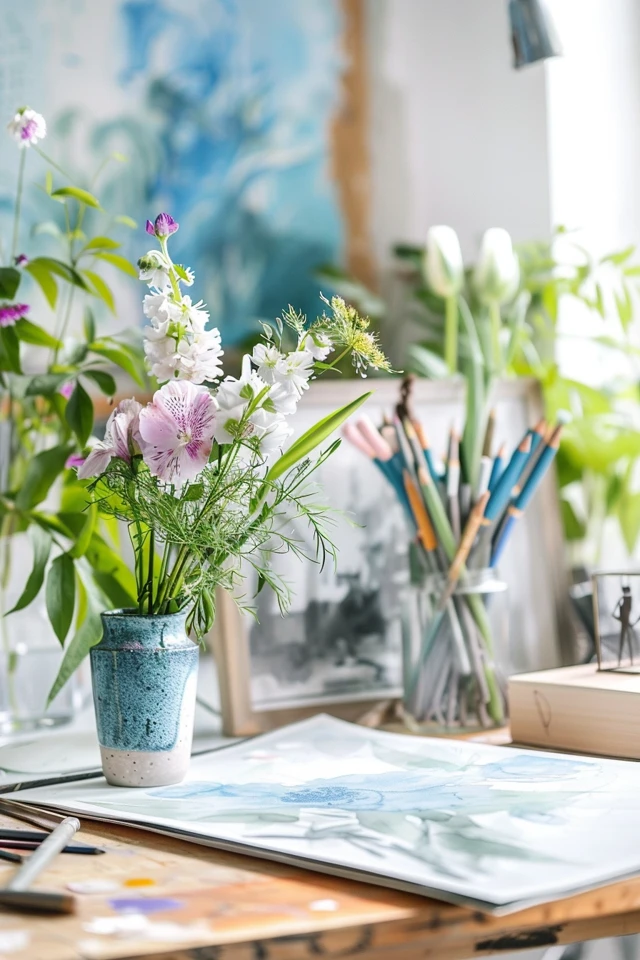Interior Design Drawings and Ideas to Inspire Your Next Project
Creating a beautiful and functional space starts with a vision and a plan. Interior design drawings play a crucial role in bringing that vision to life, providing a blueprint for your ideas and ensuring that every detail is considered. As an architect and interior designer with expertise in evidence-based design, I understand the transformative power of well-crafted design drawings. They not only guide the construction process but also help in visualizing the final outcome, making it easier to achieve the desired aesthetic and functionality.
Whether you’re embarking on a complete home renovation or simply updating a room, having a clear and detailed design plan is essential. From floor plans and elevations to detailed renderings and mood boards, various types of drawings and design ideas can inspire and inform your project. This comprehensive guide will explore the different types of interior design drawings and offer practical tips to help you bring your next project to life.
Ready to be inspired? Let’s dive into the world of interior design drawings and discover how they can elevate your next project.
Key Takeaways
- Types of Drawings: Understand the different types of interior design drawings and their purposes.
- Inspiration Sources: Discover various sources of inspiration for your design ideas.
- Practical Tips: Learn actionable insights for creating effective design drawings.
- Design Trends: Explore current trends in interior design to incorporate into your project.
- Personalization: Find out how to tailor your design to reflect your personal style.
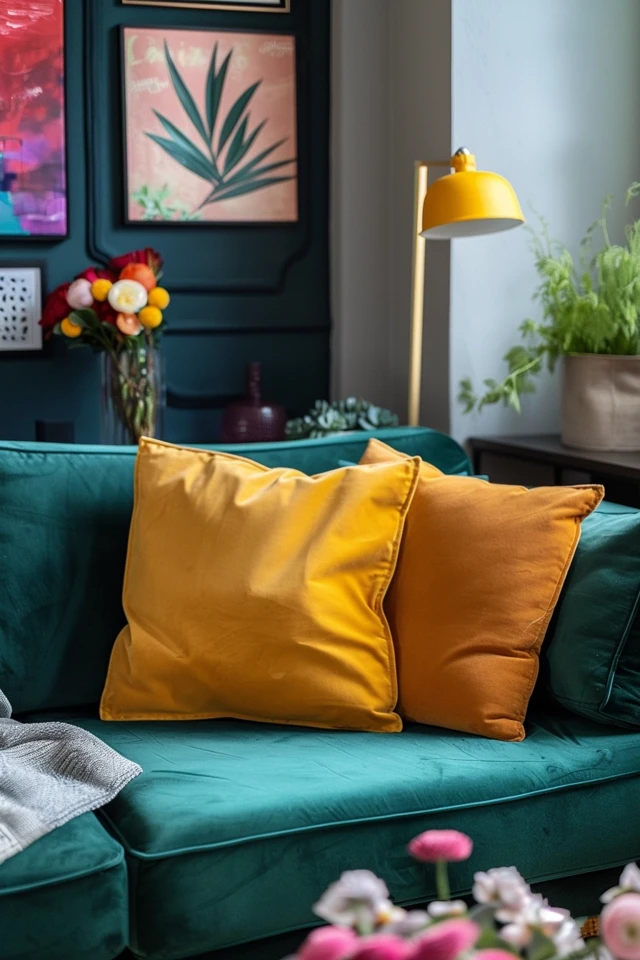
1. Types of Interior Design Drawings
Interior design drawings are essential tools that provide a visual representation of your ideas and help guide the execution of your project.
Floor Plans
- Purpose: Floor plans show the layout of a space from a bird’s-eye view, including walls, doors, windows, and furniture placement.
- Benefits: They help in understanding the flow and functionality of a space, ensuring that the design is practical and efficient.
- Tips: Use software tools to create accurate and detailed floor plans. Include measurements and labels for clarity.
Elevations
- Purpose: Elevations depict the vertical surfaces of a space, such as walls, including details like windows, doors, and built-in elements.
- Benefits: They provide a clear view of how different elements will look on the walls, helping in the selection and placement of finishes and fixtures.
- Tips: Create elevations for each significant wall in a room to ensure all details are considered.
Sections
- Purpose: Sections cut through a space to show its internal features and construction details, such as ceiling heights and structural elements.
- Benefits: They offer a deeper understanding of the spatial relationships and structural components of a design.
- Tips: Use sections to highlight key areas where construction details are critical, such as staircases or built-in cabinetry.
Detailed Drawings
- Purpose: Detailed drawings focus on specific elements of a design, such as cabinetry, lighting, or custom furniture.
- Benefits: They provide precise instructions for construction and installation, ensuring that custom elements are built accurately.
- Tips: Include dimensions, materials, and finishes in detailed drawings to provide a comprehensive guide for builders and fabricators.
2. Sources of Inspiration
Finding inspiration is a crucial step in the design process. Here are some sources to spark your creativity.
Design Magazines and Websites
- Purpose: Design magazines and websites offer a wealth of ideas and showcase the latest trends and innovations in interior design.
- Benefits: They provide visual inspiration and practical advice from industry experts.
- Tips: Create a mood board with images and ideas that resonate with you. Use tools like Pinterest to collect and organize your inspiration.
Nature and Travel
- Purpose: Nature and travel experiences can inspire color palettes, textures, and design concepts.
- Benefits: They offer unique and personal inspiration that can make your design stand out.
- Tips: Take photos and notes during your travels or nature walks. Incorporate natural elements and cultural influences into your design.
Historical and Cultural Influences
- Purpose: Historical and cultural references can add depth and character to your design.
- Benefits: They provide a rich source of inspiration for patterns, materials, and architectural details.
- Tips: Research different historical periods and cultures. Blend traditional elements with modern design for a unique look.
Art and Fashion
- Purpose: Art and fashion trends can inspire color schemes, patterns, and innovative design ideas.
- Benefits: They encourage bold and creative approaches to interior design.
- Tips: Visit art galleries and fashion shows. Experiment with colors and patterns that you love in your wardrobe.
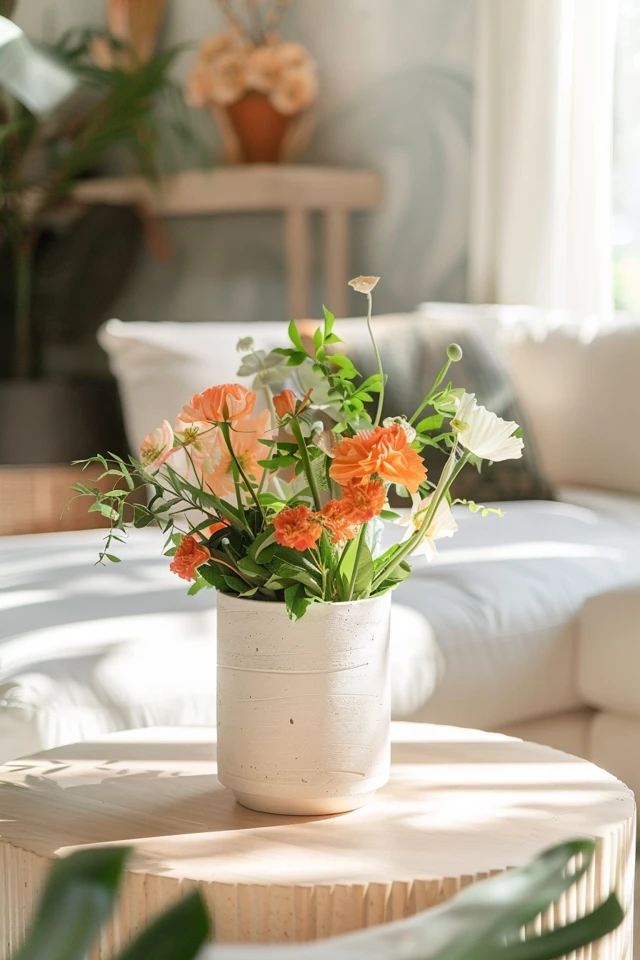
3. Practical Tips for Creating Effective Design Drawings
Creating effective design drawings requires attention to detail and a clear understanding of the project’s goals.
Use the Right Tools
- Purpose: Using the right tools ensures that your drawings are accurate and professional.
- Benefits: It makes the design process more efficient and helps communicate your ideas clearly.
- Tips: Invest in quality design software like AutoCAD, SketchUp, or Revit. Consider using hand-drawing techniques for initial sketches and ideas.
Include Detailed Measurements
- Purpose: Accurate measurements are essential for ensuring that the design fits the space correctly.
- Benefits: They prevent costly mistakes and ensure that all elements are properly scaled.
- Tips: Double-check measurements before finalizing drawings. Include dimensions for all significant elements, including furniture and fixtures.
Collaborate with Professionals
- Purpose: Collaborating with builders, fabricators, and other professionals ensures that your design is feasible and practical.
- Benefits: It brings different perspectives and expertise to the project, enhancing the overall quality.
- Tips: Share your drawings with professionals early in the process. Seek feedback and make adjustments as needed.
Focus on Functionality
- Purpose: Ensuring that the design is functional is as important as making it aesthetically pleasing.
- Benefits: It creates a space that is both beautiful and practical for everyday use.
- Tips: Consider the flow and usability of the space. Incorporate elements that enhance comfort and convenience.
4. Exploring Current Design Trends
Staying updated with current design trends can help you create a contemporary and stylish space.
Sustainable Design
- Purpose: Sustainable design focuses on using eco-friendly materials and practices.
- Benefits: It reduces the environmental impact and creates a healthier living environment.
- Tips: Choose materials like reclaimed wood, bamboo, and recycled metal. Incorporate energy-efficient lighting and appliances.
Minimalist Aesthetics
- Purpose: Minimalist design emphasizes simplicity and functionality.
- Benefits: It creates a clean, uncluttered space that is easy to maintain.
- Tips: Use a neutral color palette and simple, elegant furniture. Focus on quality over quantity.
Biophilic Design
- Purpose: Biophilic design integrates natural elements into the built environment.
- Benefits: It enhances well-being and connects occupants with nature.
- Tips: Incorporate indoor plants, natural light, and natural materials like wood and stone.
Smart Home Technology
- Purpose: Smart home technology enhances convenience and efficiency.
- Benefits: It provides greater control over your living environment and can increase energy efficiency.
- Tips: Integrate smart lighting, thermostats, and security systems. Ensure that technology is seamlessly incorporated into the design.
Bold Colors and Patterns
- Purpose: Using bold colors and patterns adds personality and vibrancy to a space.
- Benefits: It creates visual interest and can highlight specific areas or features.
- Tips: Use bold colors as accents or focal points. Experiment with patterns in textiles, wallpaper, and decor.

5. Personalizing Your Design
Personalizing your design ensures that it reflects your style and meets your needs.
Reflect Your Personality
- Purpose: Personalizing your design makes it unique and meaningful.
- Benefits: It creates a space that feels like home and resonates with your personal taste.
- Tips: Incorporate items that have sentimental value. Use colors, patterns, and styles that you love.
Consider Lifestyle Needs
- Purpose: Designing for your lifestyle ensures that the space is functional and practical.
- Benefits: It creates a home that supports your daily activities and routines.
- Tips: Think about how you use each room. Incorporate elements that enhance your lifestyle, such as a home office, workout space, or entertainment area.
Incorporate Hobbies and Interests
- Purpose: Designing around your hobbies and interests makes the space more enjoyable.
- Benefits: It creates a home that supports your passions and leisure activities.
- Tips: Set up a dedicated space for hobbies like reading, crafting, or playing music. Display collections or memorabilia that reflect your interests.
Use Custom Elements
- Purpose: Custom elements add a unique touch to your design.
- Benefits: They make the space feel bespoke and tailored to your needs.
- Tips: Consider custom-built furniture, cabinetry, or architectural features. Work with artisans or craftsmen to create unique pieces.
Conclusion
Interior design drawings are the foundation of any successful project, guiding the transformation of your space from concept to reality. By understanding the different types of drawings, finding inspiration, and following practical tips, you can create a design that is both beautiful and functional. Staying updated with current trends and personalizing your design ensures that your space reflects your style and meets your needs.
As an architect and interior designer, I’ve seen how thoughtful design can enhance the quality of life and create a sense of harmony and well-being. Your next project is an opportunity to create a space that inspires and supports you. Em
Inspirational Pictures
